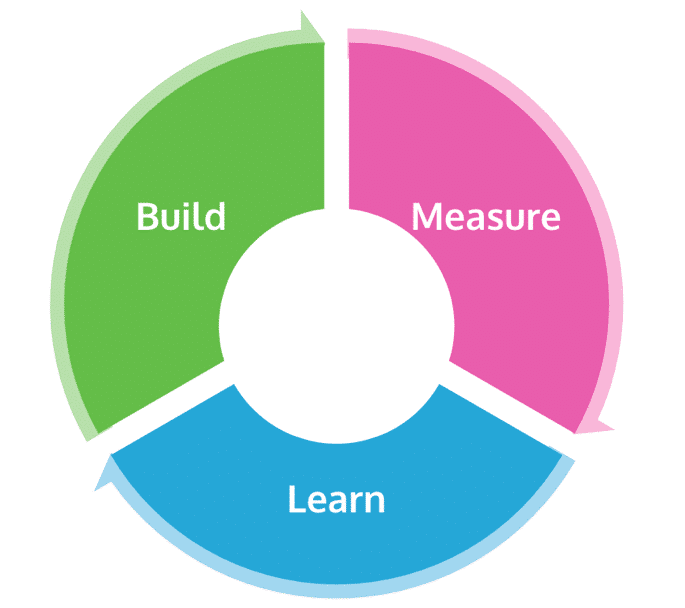How Do You Introduce a Product Feedback Process?
In my last blog (Customer Feedback: The Secret Sauce in your product process), I showed you how to use customer feedback to mitigate product management pain points. But how do you introduce a product feedback process in the first place? Below are a few straightforward pointers on how you can get a feedback loop going and ensure that you continue to iterate and produce the best possible solutions for your customers.

1. Assign responsibilities
Like any process improvement project, assigning roles and responsibilities is vital. Someone needs to own the development of the product feedback process itself – the initial process definition, plus ongoing process improvement. On a day-to-day basis, someone needs to be responsible for reviewing and triaging the feedback that comes in.
In my experience, it’s common practice to put effort into collecting customer feedback without assigning someone to review what’s been collected. Feedback needs to be reviewed, organized and turned into something actionable. This is a great job for an aspiring PM, or an engaged customer success person, as it’s a good way to see exactly what people are saying about your product and to learn about user problems. But reviewing feedback can be time-consuming work, unless there are ways you can automate or streamline the process. A good product management tool can help here.
2. Go to your users and ask for feedback
Instead of expecting users to come to you with their feedback, find ways to go to them, either on a 1:1 basis or by adding feedback channels where they already spend time. These might include:
- Online communities (yours, your competitor’s, industry or consumer)
- Social media
- Company website
- In-app
- Email/Slack/MS Teams
- Customer resource center
- Events and conferences
- Shadow them at their workplace
- Local coffee shop
- Customer calls (sales, training, implementation)
- Spend time on the support desk

There are likely to be multiple places where you can capture customer feedback. Maybe you have more formal mechanisms like monthly catchup calls, usability sessions or maybe a user group meeting. Whatever avenues you use, think about how you can make it easy for users to give you feedback. Can they fill in a form, send an email or complete a survey? Can you open up an “office hours” type session where users can drop in to tell you what they think?
Consider the best format for your user feedback – should it be verbal, written, audio, video or image based? Combine the right format and channel with the relevant user interaction, and you’re making it much easier, and therefore much more likely, for users to tell you what they think.
3. Keep it all together for better analysis and segmentation

Keeping all your feedback in a single place makes it easier to analyze and identify themes. It helps to identify connections, prevalence, frequency and segment your feedback in a way that makes it useful. Consider collecting attributes related to your feedback such as persona, market segment, country, industry, etc. This will allow you to segment your feedback and identify themes that help you to solve the right problems for the right market, and improve your product/market fit.
4. Keep the conversation going
The best way to reduce conflict in your organization is to share what you’ve learned from feedback with the rest of the team. Whether you’re talking to developers, marketers, sales, success, the executive team, support or anyone else, using the words of your customers as context to your discussions adds weight to your perspective and helps to get buy-in. You may want to use verbatim comments from users in presentations, or have statistics on how many customers requested your proposed change.
Make sure you keep the conversation going with your customers too. Share your roadmap so that they can see you’re acting on their suggestions, and ensure they’re included in invitations for usability testing or beta testing, especially if it relates to a change they’ve asked for. Maybe give them a name check in feature announcements if they’ve been publicly vocal about their request, and it’s definitely worth notifying anyone who’s requested a feature when it’s released.
Customer Feedback is everything
So, in product management, customer feedback is everything. If we don’t have feedback, and don’t know how to use it, we’re shooting blind. Feedback is useful in every part of the process! Don’t just think about it being the way we learn, incorporate feedback loops into the way you build by testing along the way and as a way of measuring success, too.

It helps us to define the “What” – what are we going to build, change or remove. It helps us to understand our users’ pain points and problems, so we know where the high-value opportunities lie.
It explains the “Why” – the context around the “What”, helping us to create the best possible solution, so that we can delight our users and make it easy for them to get what they need.
It encourages iteration. Rather than delivering a solution and moving on, feedback encourages us to look again and be positive we’ve solved the problem. If we’re still seeing feedback that the problem exists, we know we still have work to do and an opportunity to add more value is still available to us. This in turn helps us to maximize success for our customers and our own organization.
And of course, collecting, understanding, and acting on user feedback encourages engagement with our customers. It’s a win:win situation – our customers get the best products, and we are as successful as we can be.
